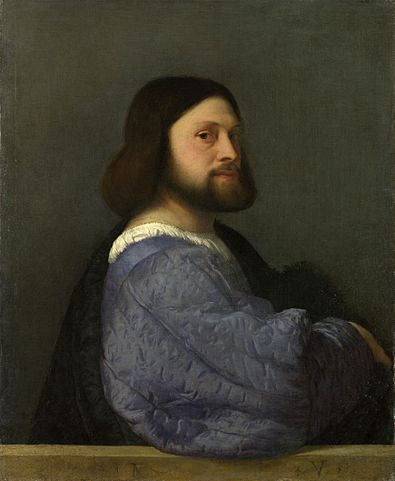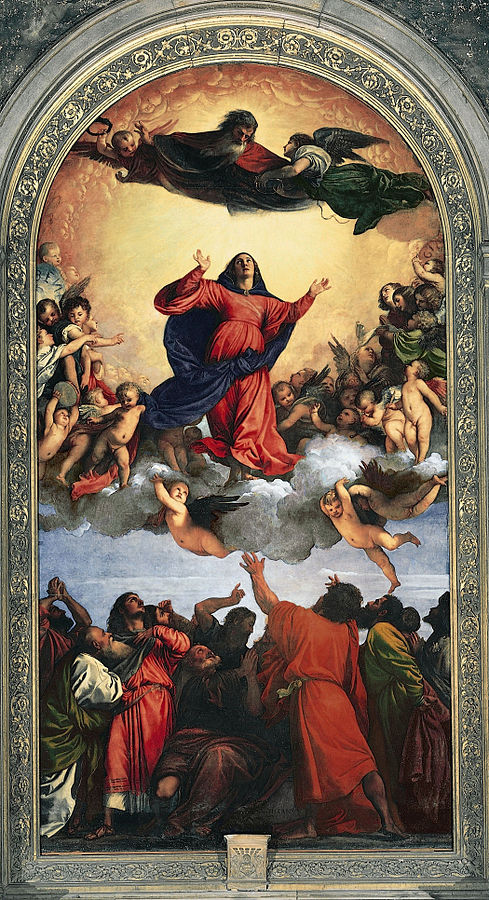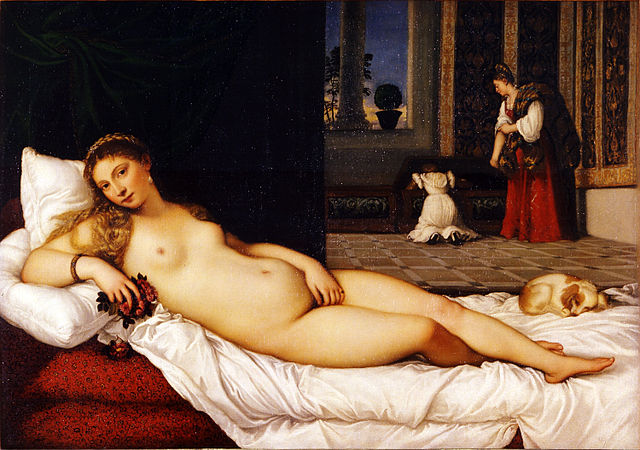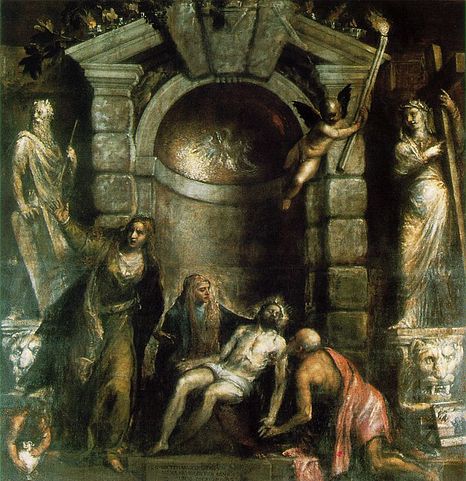Titian
Painter Tiziano Vecelli or Tiziano Vecellio is better known to us as Titian (c. 1488/1490-1576) was the most important artist of the 16th-century Venetian school. Hailed by his contemporaries as “The sun amidst small stars” (a line borrowed from Dante’s Paradiso) Titian enjoyed immense success and fame through his career. Able to turn his hand to any subject he was in demand by the Church and nobility alike. Titian’s versatility and originality had a profound influence on the development of Western painting, specifically in his application of oil paint. He used a unique method of building up almost transparent layers to create glowing jewel-like colour and soft textures. Although his style matured with his age an emphasis on tone remained, and his later works are defined by an increasingly loose brushwork.
After moving to Venice at the age of 10 he firstly studied under brothers Gentile and Giovanni Bellini, and then with Giorgione, the greatest painters on the island. Although Titian’s early works show an absorbption of his tutelage it is Giorgione’s tonality which had a lasting effect on his own paintings. By the time his mentors died Titian was the greatest artist in Venice, and in 1511 he opened a workshop. His first large commission from the Catholic Church was the altarpiece was for Venice’s Basilica di Santa Maria Gloriosa dei Frari, the success of which subsequently brought a string of work. It is around this time that we can see a notable influence on other Venetian artists, so exquisite and original were his paintings.
Stints at the court of Alfonso d’Este, Duke of Ferrara, Frederico II Gonzaga, Duke of Mantua and Francesco Maria della Rovere Duke of Urbino respectively brought about more fame and wealth for Titian. For the latter nobleman’s young bride he painted the famous Venus or Urbino (1538). Very closely based on Giorgione’s Sleeping Venus (c.1510) it has come to be one of his most famous (and certainly his most erotic) work. Charged with meaning the lushly idealised girl-goddess represents sensual love, fertility and fidelity. Venus was a common subject matter of the Renaissance, as beauty was prized above all else, but Titian depicts her in a seductively brazen manner, looking out at the viewer suggestively, something that had not been done before. He caught the eye of Holy Roman Emperor Charles V and was quickly employed at his imperial court. Honours, titles and European demand followed. It was for the Emperor’s son, Philip II of Spain that he completed his famous ‘poesie’ series of grand mythological subjects.
It has been estimated that Titian and his workshop produced around 400 paintings, a quarter of which are now lost. While ranked alongside the likes of Michelangelo, Da Vinci and Raphael Titian’s works tend to be more ‘human’ (for want of a better word) in representation. He spent nearly all his life in the politically independent Republic of Venice, somewhat detached from the intellectual and cultural centres of Florence and Rome (which he visited only once). His painting is characterised by vivacious colour and expression rather than disegno, which was considered key to Renaissance art. The island’s wealth and cosmopolitan society had a profound effect on the visual style of Titian, and equally so the patrons who hired him, but he maintained a distinct individuality throughout his career. The poet W. B. Yeats that inTitian’s paintings you could see “the personality of the whole man, blood, imagination, intellect running together”.

Portrait of a Man with a Quilted Sleeve (c. 1509) by Titian, oil on canvas, National Gallery, London



